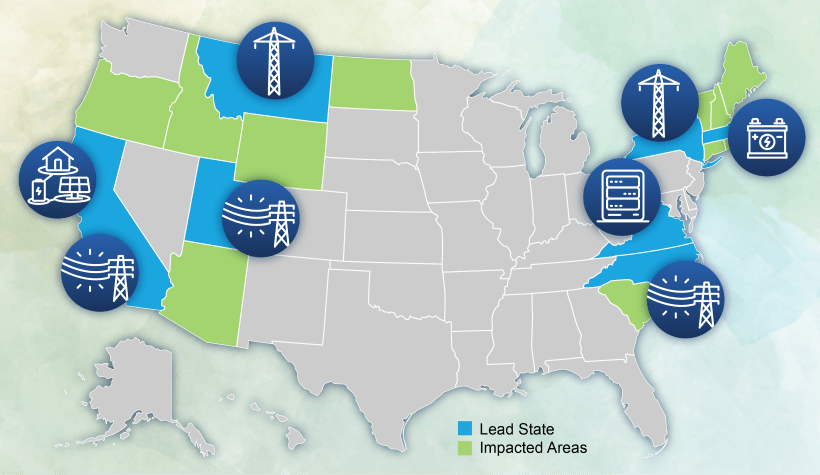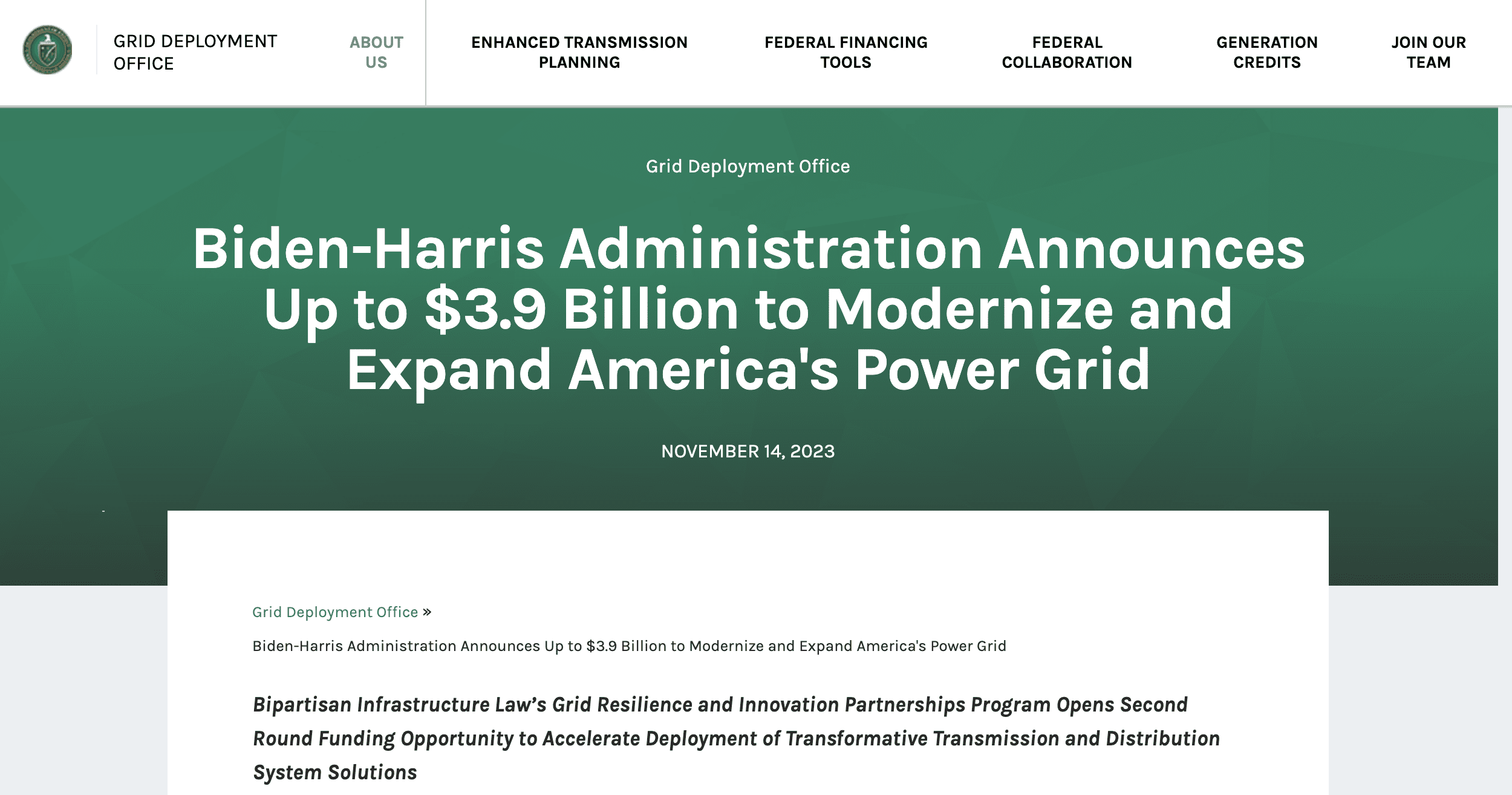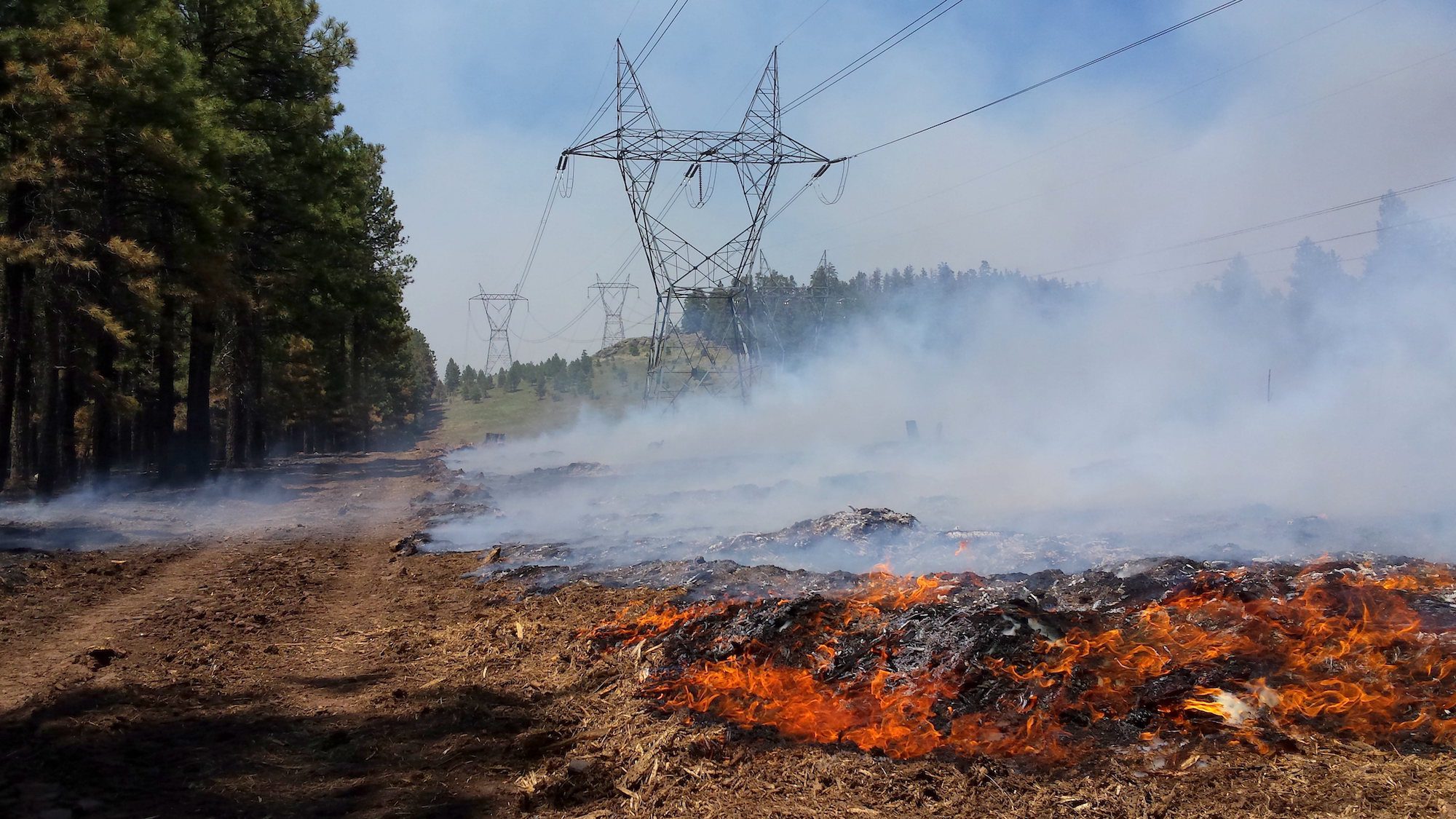Remarks by Michelle Manary from the U.S. Dept. of Energy
By Linda Barney, Barney and Associates
Michelle Manary, Acting Deputy Assistant Secretary at the U.S. Department of Energy (DOE) Office of Grid Infrastructure was a keynote speaker at the sold-out GridFWD 22 conference held on April 19 and 20, 2022 in Seattle, Washington. Manary is leading the national DOE energy transmission planning efforts as part of the new Grid Deployment office.

In 2021, the U.S. Senate passed a bi-partisan $1.2T USD Infrastructure Investment and Jobs Act (IIJA) bill investing in infrastructure. The Building a Better Grid portion of the legislation will fund deployments that harden the existing energy grid and smart grid as well as development of new grid projects. “The main goal of the Grid Deployment organization is to deploy grid funding in a coordinated and smart manner to get money out to the industry,” stated Manary. The Grid Deployment Office plans to release a Notice of Intent (NOI) soon relating to existing grid transmission and new funding.
Federal funding for existing grid projects
There is $13 billion USD allocated for existing grid projects in areas such as smart grid, grid resiliency, and grid hardening to get the existing grid reinforced, help with natural disasters, and development of new grid technologies.
The first $5 billion of funding for grid resiliency is split between the utility industry and the states. For industry, 30% of funding goes to small utilities for hardening of the grid to help industry get the grid in shape for natural disasters such as wildfires or ice storms.
The second $5 billion of grid funding is for states, tribal nations, local entities such as Public Utility Commissions (PUCs), and local governments. “It is important that states have a broad plan defining the scope of what is needed across the state and how they plan to work with industries, PUCs, tribal nations, and governments. Developing a comprehensive plan requires coordination across the various groups,” said Manary.
An allotment of $3 billion in funding over five years will support enhancements to the smart grid in the rekindled smart grid investment grant program. This funding can support technologies such as communications, distributed resource integration, vehicle and building optimization, or other advanced grid capabilities to be expanded to the distribution grid.

Funding for Major Rebuilding of Transmission Lines or New Projects
Utilities can request funding for major rebuilding of electric transmission lines defined as 500 MW increased capacity for an existing transmission line, or 1,000 MW or higher for a new transmission line. Funding for this program goes on indefinitely because it is designed to help utilities finance regional large-scale projects that need time and process for development.
Responding to the NOI
Manary recommends that groups submitting a response to the notice of intent (NOI) need a plan including which area the proposal will address and a business case. States that submit an application must be working with industry and can pass funding to specific industries entities described in their plan. Manary indicates that it is important for industries and companies to contact their state Energy office and have a working relationship with the office. The Grid Deployment Office will release requests for information (RFI) and funding opportunity announcements (FOA) and can help answer questions as program plans come into place.
Grid Forward hosted its GridFWD Seattle event April 19-20 in Seattle. Michelle Manary was among the featured speakers. More details about the event and upcoming gatherings can be found at gridforward.org



